Today’s makers and designers are working smarter and faster.
Laser cutting is a big part of that transformation.
Whether it is product design, architecture, or fashion, this technology is changing the way concepts move from drawings to tangible reality.
It provides unparalleled accuracy, speed, and versatility.
That’s why solo makers through large studios now incorporate laser cutting into their process.
Let’s dissect what makes it so valuable — and why it may be the tool your next project requires.
Laser cutting turns digital files into accurate physical cuts with high-powered lasers.
It cuts through materials such as wood, acrylic, leather, paper, cardboard, fabric, and metal.
What really makes it stand out, though, is the control and repeatability it provides.
Designers adore how quickly they can create ideas into mockups or completed works — without having to spend money on molds or big equipment.
It is easy to make changes.
Design revisions occur in hours, not weeks.
Small companies and even freelancers are now able to afford this technology through online laser cutting services.
Files can be sent and processed remotely, which makes the threshold of entry extremely low.
The end result?
Quicker development cycles, less bugs, and more time devoted to creative work rather than production pain.
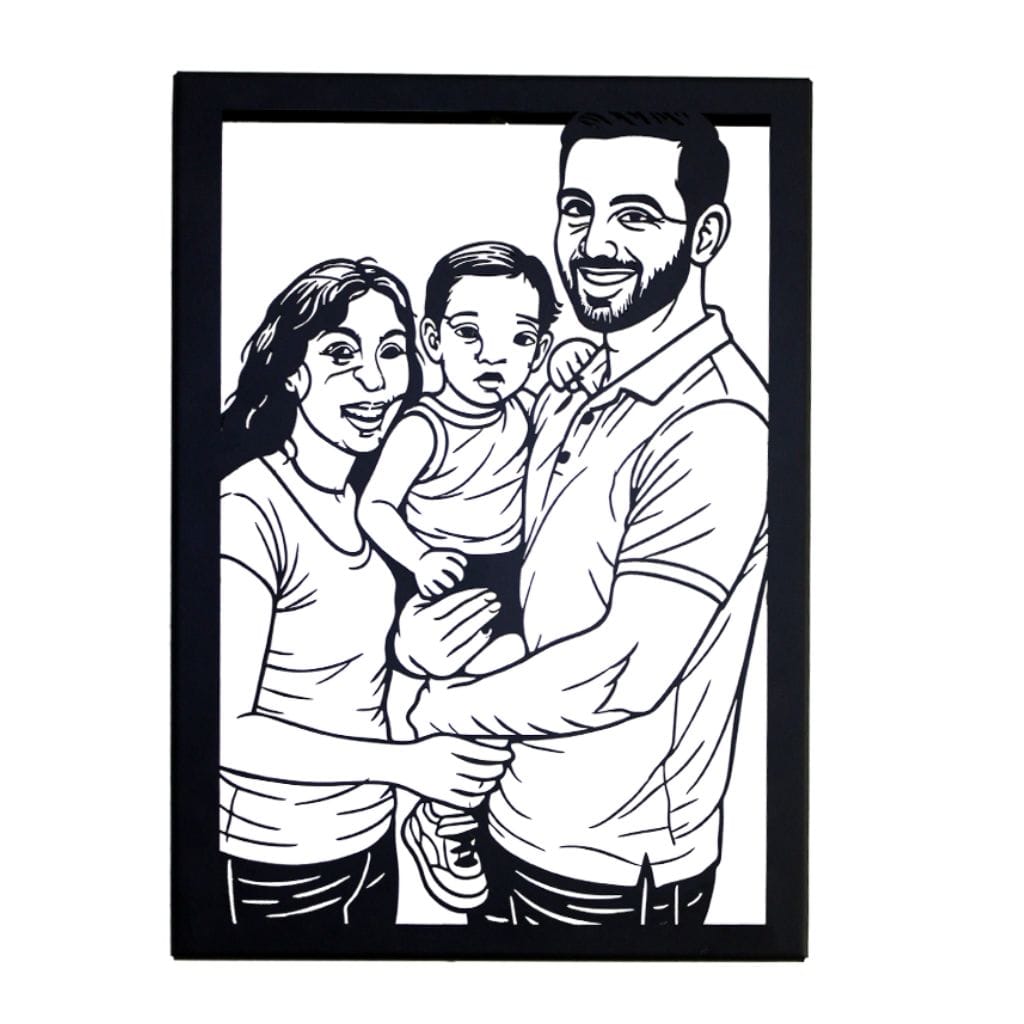

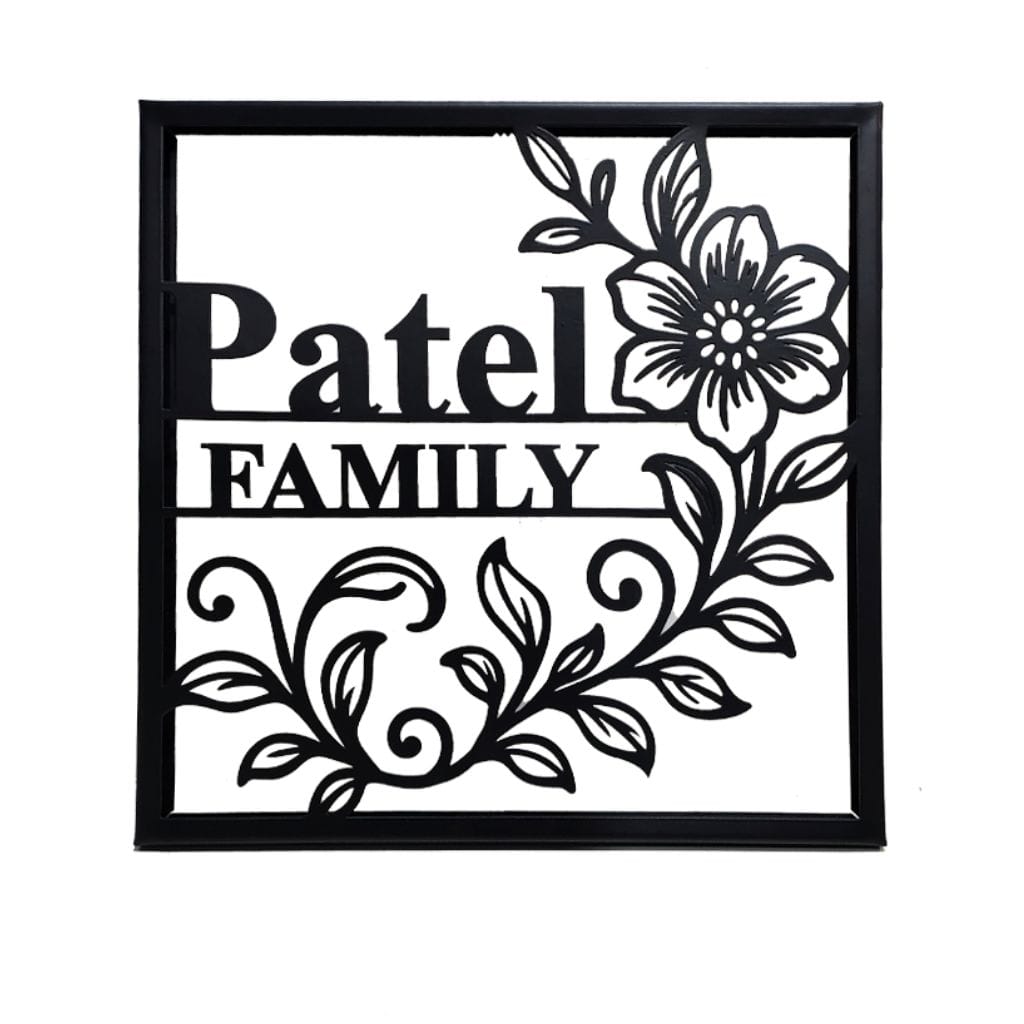
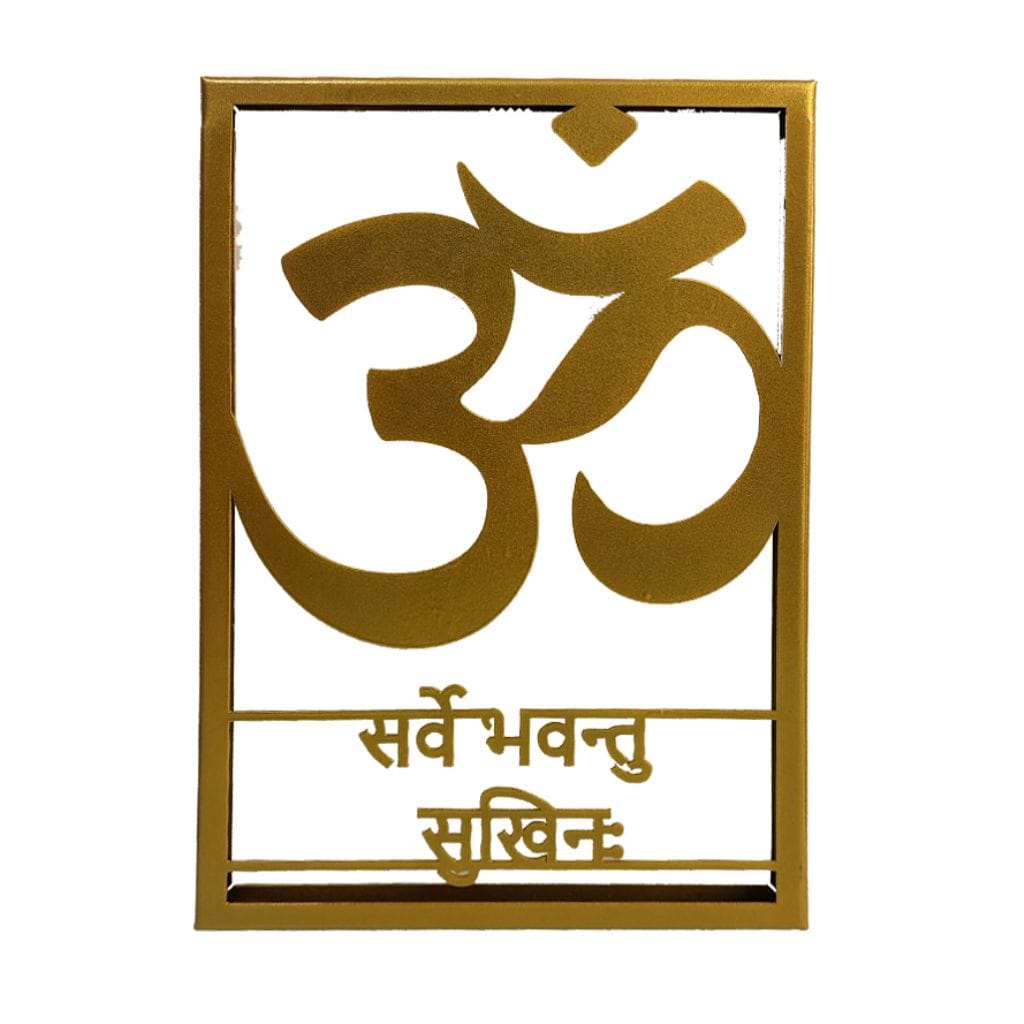
Laser cutting is now a fundamental aspect of digital fabrication, and there are very good reasons for that.
1. Precision and Detail
Laser cutters provide micrometer-level precision.
That’s necessary for complex parts, close tolerances, and multi-layered designs.
Ideal for prototypes, architectural models, and jewelry.
2. Speed and Efficiency
Once the digital design is completed, production is virtually instantaneous.
Laser cutting avoids the expense of physical templates or tooling.
This allows same-day prototyping and rapid final production.
3. Versatility of Materials
You can engrave or cut dozens of materials:
Brass
stainless steel
Aluminium
Thin metals
This becomes an opportunity for cross-disciplinary design — wood and textile together, or metal and plastic in the same object.
4. Inexpensive for Short Runs
No requirement for costly molds or dies.
This makes laser cutting perfect for low-volume production or custom one-off projects.
Ideal for test markets or startups.
5. Digital Workflow Integration
Vector files (such as SVG or DXF) are accepted by laser cutters.
Designers can cut straight from Adobe Illustrator, Fusion 360, or equivalent tools.
This accelerates the workflow and eliminates translation faults.
Laser cutting is utilized in many industries — not only art or DIY.
Let’s examine how it drives real-world applications.
Laser cutting makes the entire prototyping process easy.
Quickly, designs can be cut and tested for fit, function, and aesthetics.
Entrepreneurs and engineers employ it for:
Iterative testing
Functional components
Case enclosures
Wearables
Mechanical parts
Laser cutting works particularly well during initial phases when speed and expense are most critical.
Several versions can be tested on the same day.
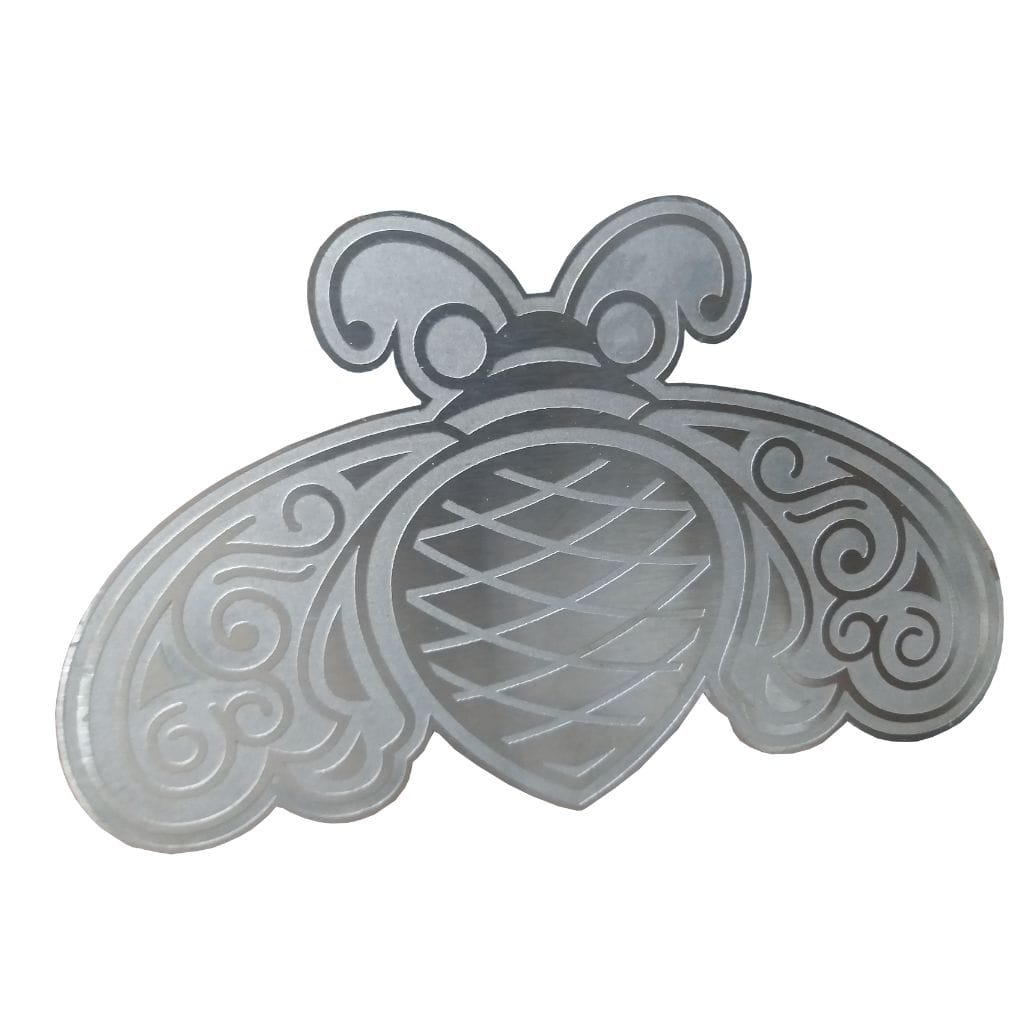
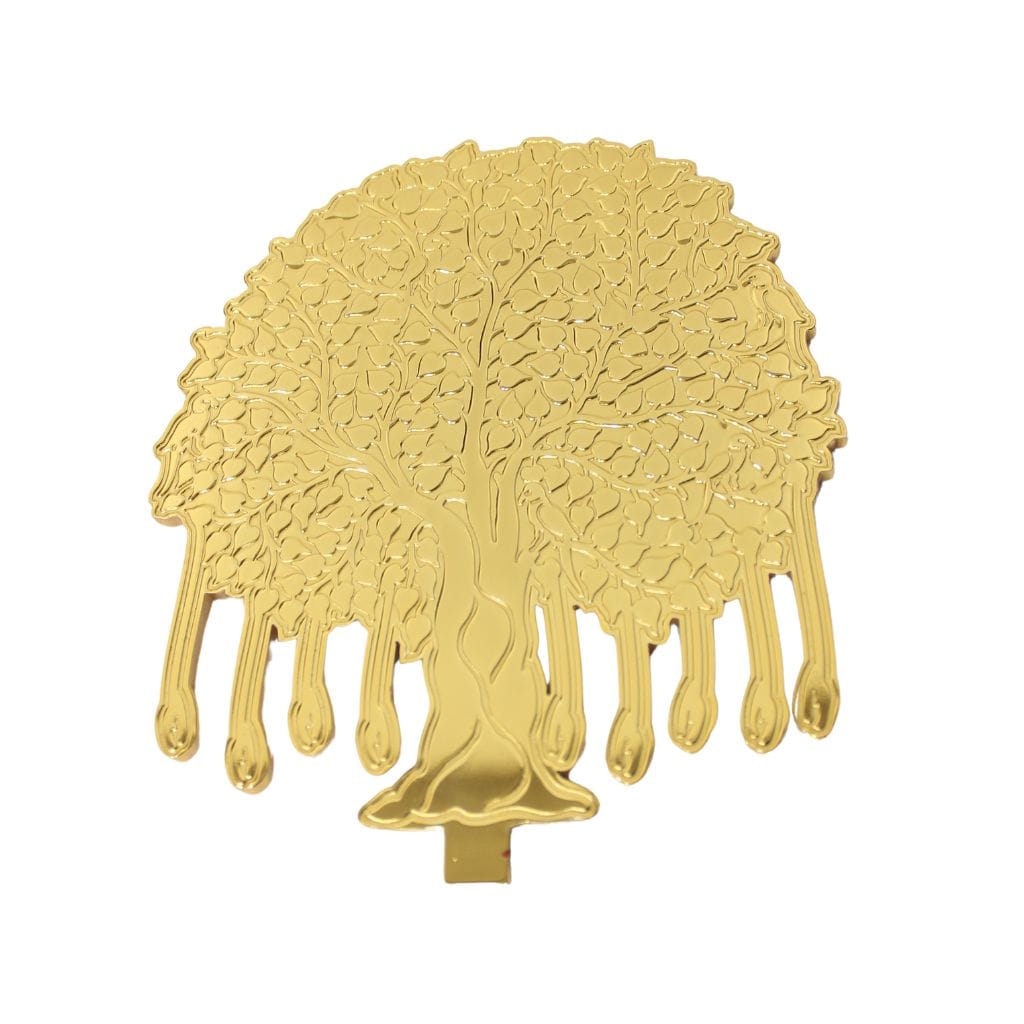
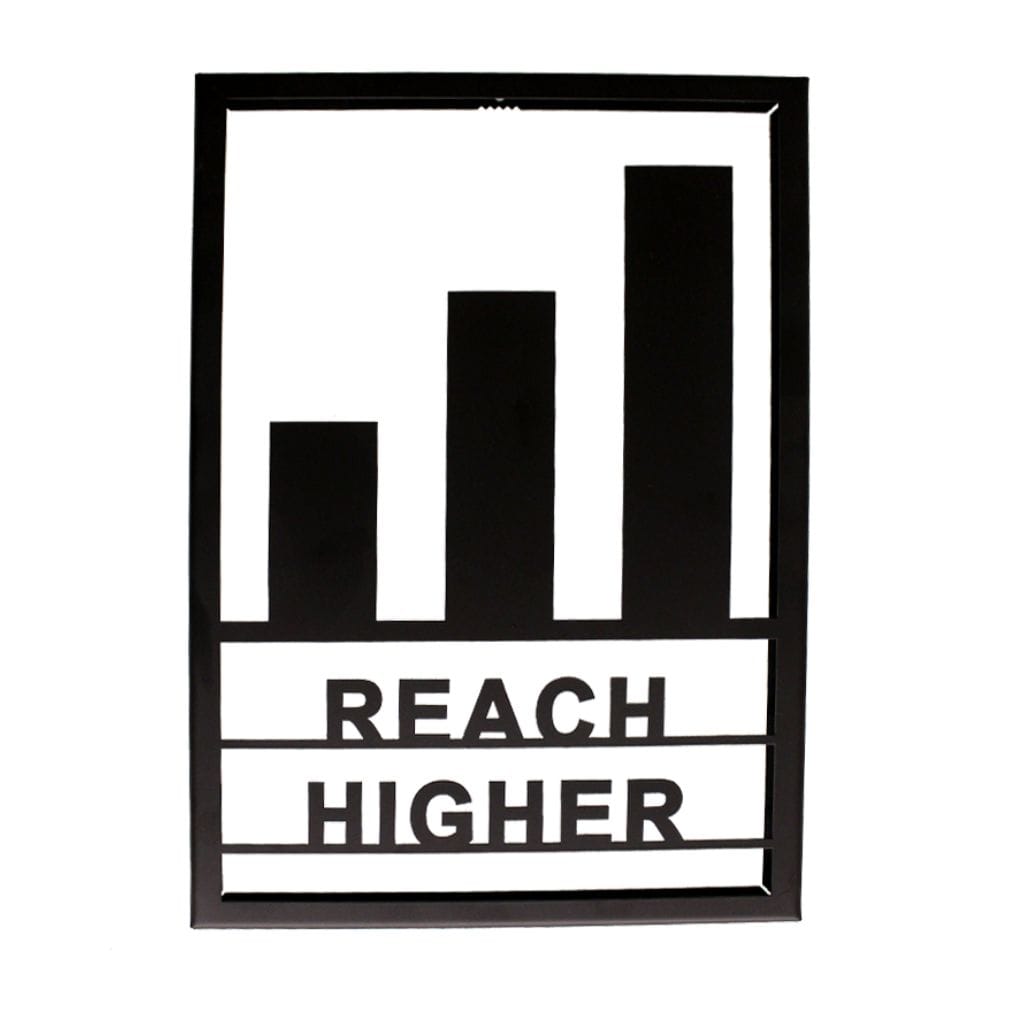
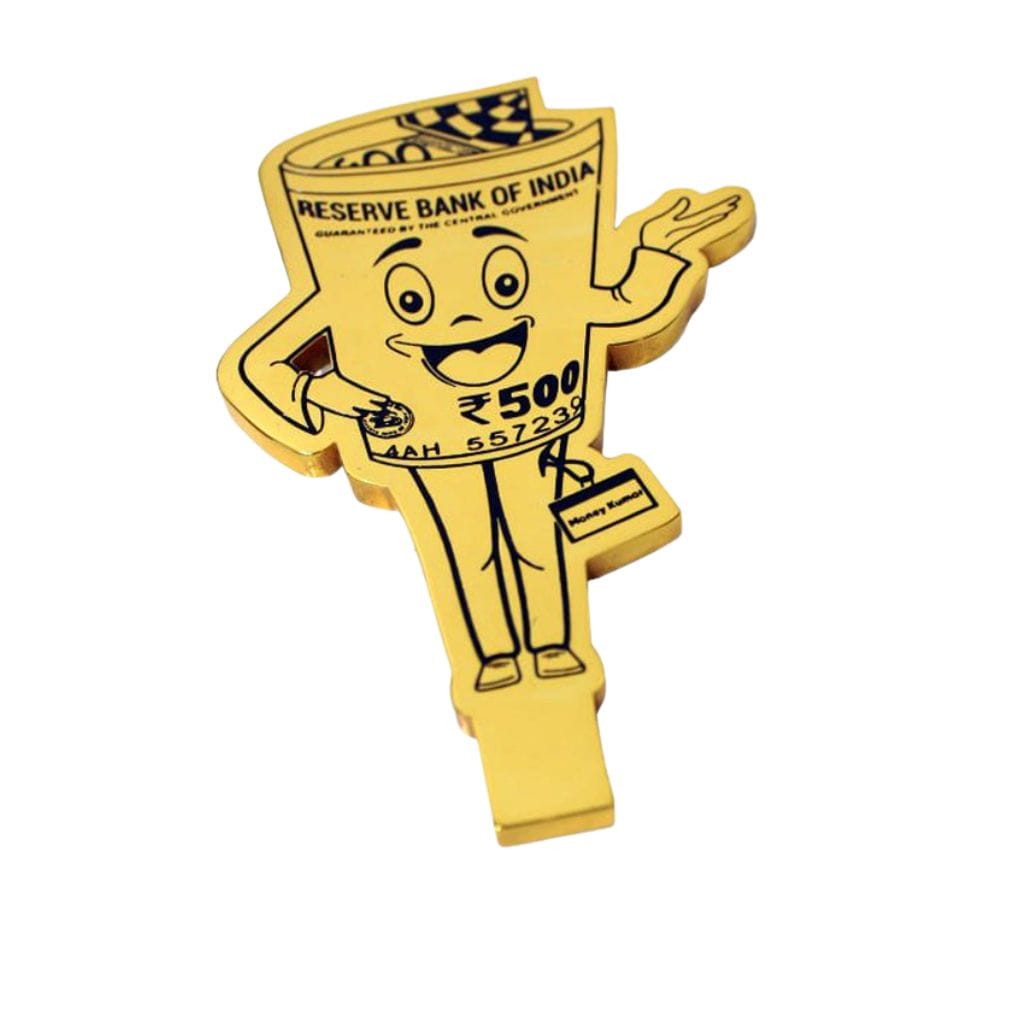
Scale models are critical in architecture.
Laser cutting enables architects to create detailed structures precisely and effectively.
It’s also applied to:
Wall panels
Custom furniture
Room dividers
Decorative accents
Interior designers tend to layer materials for visual contrast, which laser cutters can perform with ease.
Fashion designers are increasingly incorporating laser cutting into textile applications.
This permits distinctive patterns, perforations, and intricate engravings on fabric.
Uses include:
Custom embroidery-like effects
Leather accessory shaping
High-fashion experimental pieces
Laser cutting provides clean edges with a minimal amount of fraying — critical with synthetic fabrics.
Laser cutting doesn’t displace all conventional methods, but they’re more flexible and quicker in turnaround.
Feature
Setup Costs
Turnaround Time
Customization
Design Iteration
Ideal for Small Batches?
Laser Cutting
Low (no molds or tooling)
Fast (same-day possible)
Easy and scalable
Fast and affordable
Yes
Conventional Fabrication
High (requires tooling)
Slow (weeks or more)
Limited and expensive
Slow and costly
No
Laser cutting is perfect for the teams that prefer quick iteration and adaptability — without the burden of traditional manufacturing.
Selecting a laser cutting service is not all about cost.
Here’s what to seek:
1. Supported Materials
Ensure that the service cuts the materials your project requires.
2. File Compatibility
Ensure they accept file types such as SVG, DXF, AI, or PDF.
3. Turnaround Time
Search for explicit delivery times — particularly if you’re working on a tight deadline.
4. Options for Customization
Some services include engraving, 3D bending, or finishing.
Choose one that fits the complexity of your project.
5. Reviews and Quality Control
Review previous customer comments and sample work.
Sloppy cuts, burning, or inaccurate scaling can ruin a project.
6. Location and Shipping
Local companies might provide quicker turnaround, but there are plenty of online services shipping internationally.

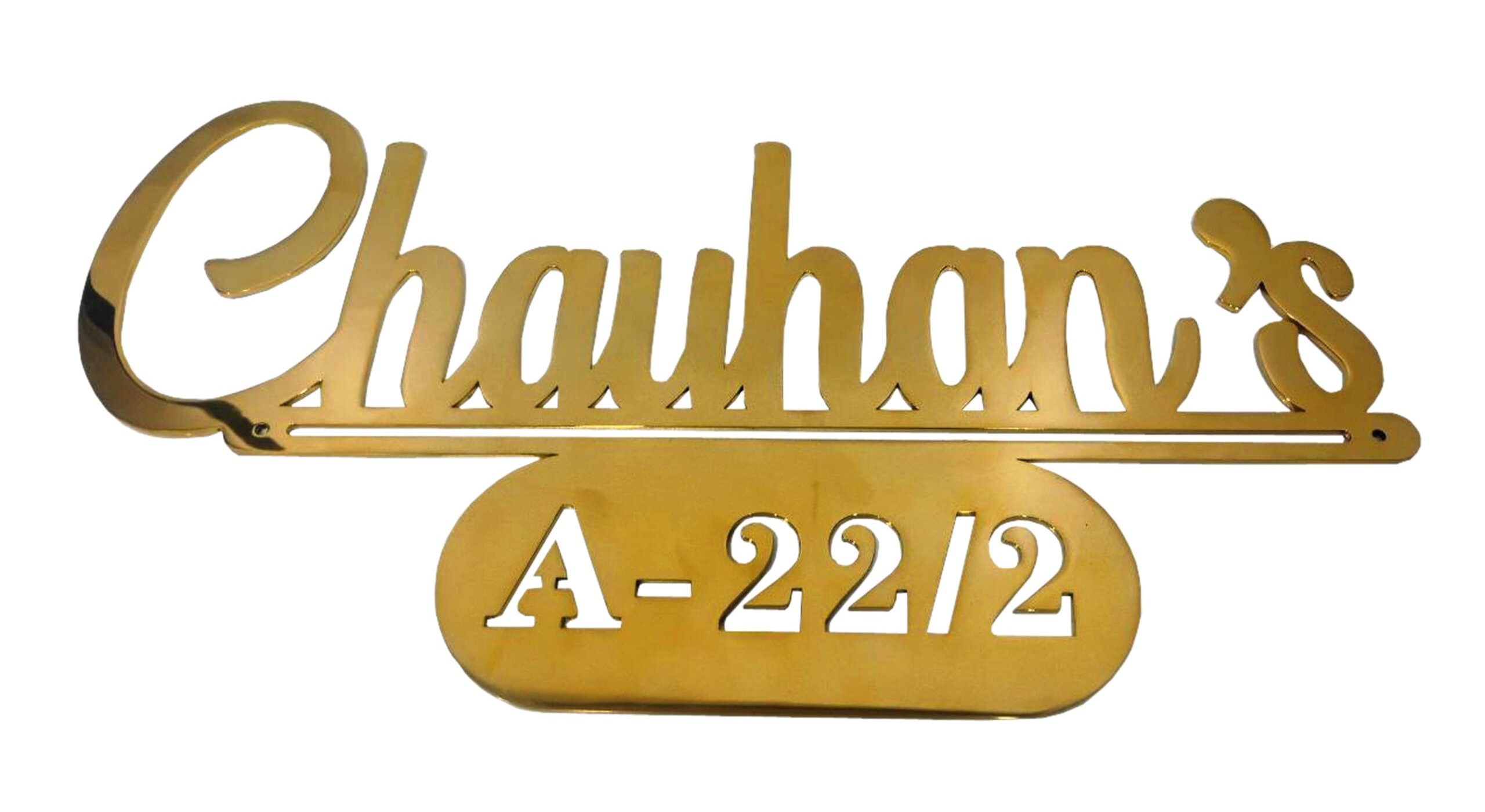
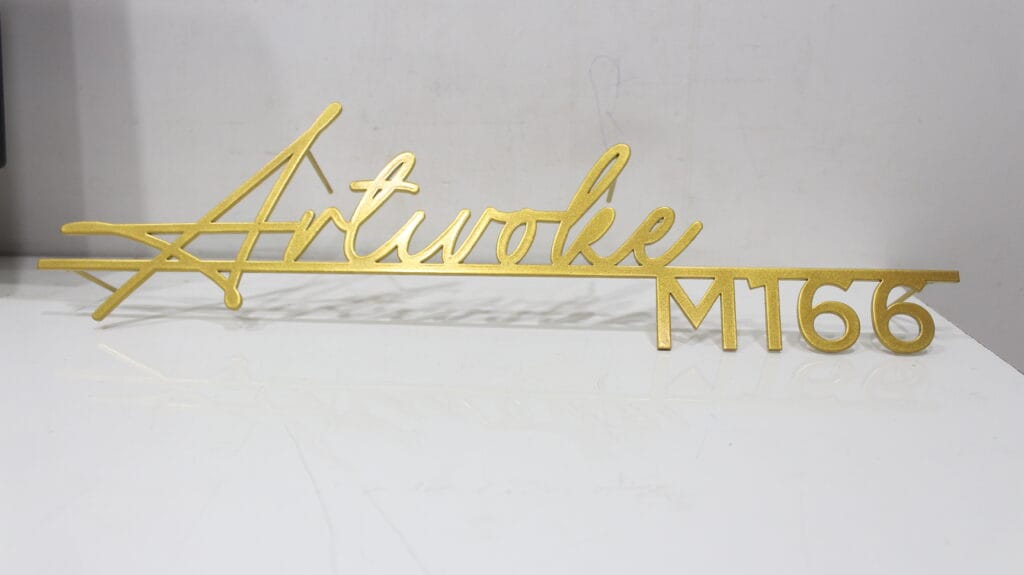
Laser cutting is not a fad.
It’s an essential element of contemporary design and production pipelines.
As makers and designers increasingly rely on digital tools, laser cutting mediates between vision and action.
It lowers barriers, slashes costs, and accelerates everything from concept to launch.
For creative pros, startups, and hobbyists alike — it’s no longer nice to have.
It’s a must-have.
Cleanup: High-Value, Low-Fluff Summary
Laser cutting provides accuracy, speed, and material flexibility.
It is utilized by designers in rapid prototyping, one-off work, and mass production.
It saves cost and turnaround time as opposed to conventional processes.
The way to find the correct service is through examining materials, formats, turnaround, and reviews.
It has now become an essential tool of contemporary digital fabrication.